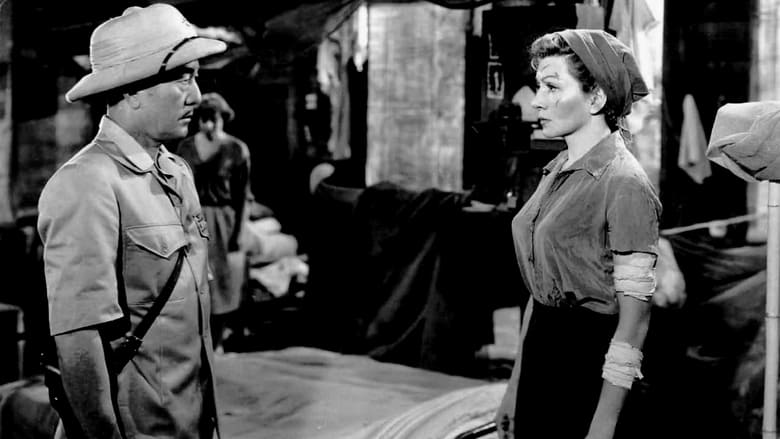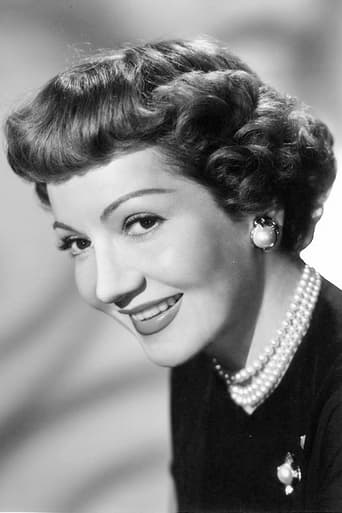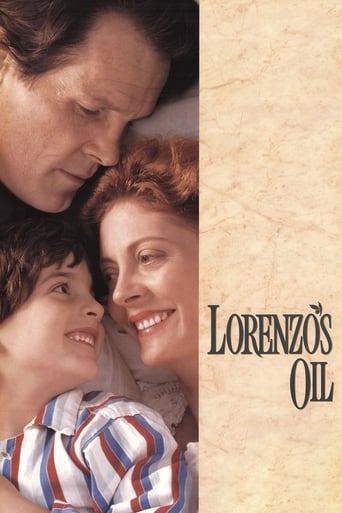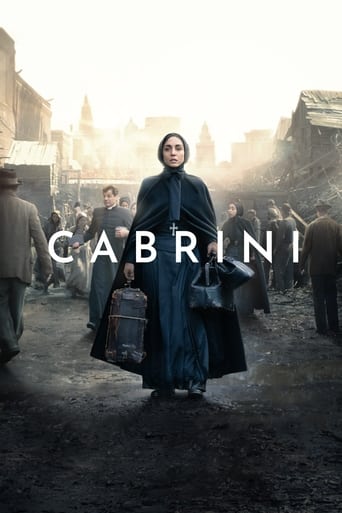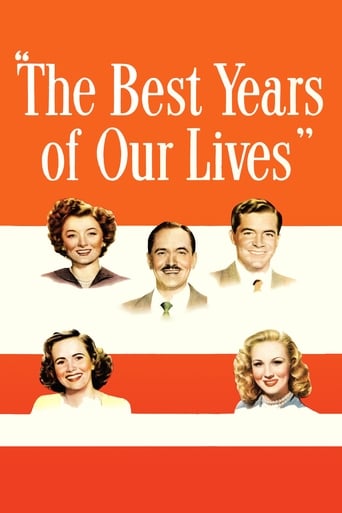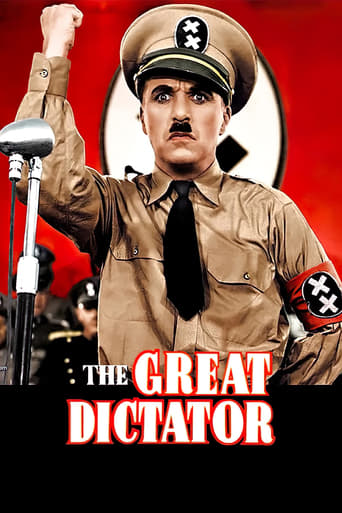Three Came Home (1950)
Borneo, 1941, during World War II. When the Japanese occupy the island, American writer Agnes Newton Keith is separated from her husband and imprisoned with her son in a prison camp run by the enigmatic Colonel Suga.
Watch Trailer
Cast
Similar titles
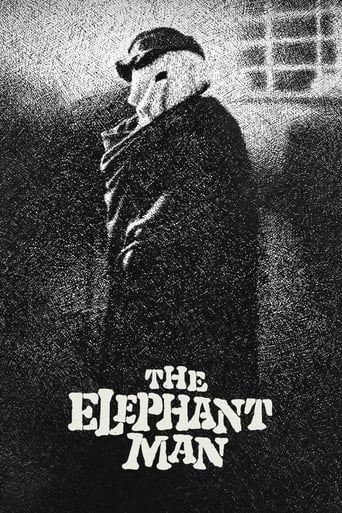
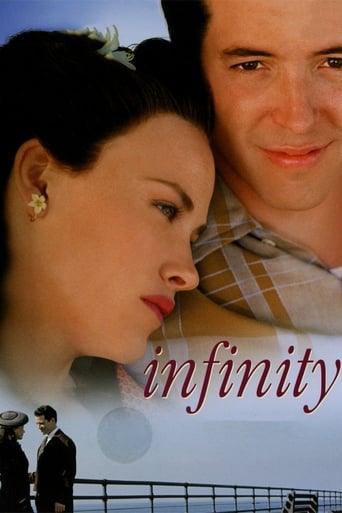
Reviews
Such a frustrating disappointment
Strong and Moving!
Fresh and Exciting
I cannot think of one single thing that I would change about this film. The acting is incomparable, the directing deft, and the writing poignantly brilliant.
Copyright 21 February 1950 by Twentieth Century-Fox Film Corp. U.S. release: 10 February 1950. New York opening at the Astor: 20 February 1950. U.K. release: 27 March 1950. Australian release: 18 May 1950. Australian length: 8,989 feet. 100 minutes. U.S. length: 9,486 feet. 106 minutes.Agnes Newton Keith's autobiographical novel of her experiences in a Japanese prisoner-of-war camp in British North Borneo 1941-1945 was first published as a serial in The Atlantic Monthly and then reprinted in The Reader's Digest before publication in book form by Little, Brown & Co. Sales of the book had already passed the half-million mark in the United States before the film version was released.SYNOPSIS: Sandakan, British North Borneo, 1941. An American woman (Claudette Colbert) is separated from her husband (Patric Knowles) by a sympathetic but somewhat inflexible Japanese commander (Sessue Hayakawa).NOTES: Although the studio went to a great deal of trouble to emphasize that Three Came Home was entirely photographed on the studio back-lots and sound stages, many critics were seduced by the high level of technical expertise and craftsmanship involved into thinking that the film was lensed - at least in part - on actual location in Borneo. Less accurate press releases widely touted the film as a comeback vehicle for Sessue Hayakawa, despite the fact that the veteran star of U.S. silent films had in fact made his post¬war Hollywood debut the year before in Columbia's Tokyo Joe. Although Japanese-born, Hayakawa was an acceptable figure in post-war Hollywood as he had fought against the Nazis in the French Resistance. Seven years later, he would virtually repeat his role in this film in David Lean's Bridge On the River Kwai. Other press releases hailed Three Came Home as a significant change-of-pace for Claudette Colbert. Actually Miss Colbert had originally been signed by Fox to play the Bette Davis role in All About Eve but she injured her back during the first week of filming. Other paragraphs stated that Florence Desmond, who had a night-club act as a mimic and impersonator, was here "essaying her first serious role" - a claim that ignores three or four of the actress's English films of the early 'thirties.Three Came Home was producer/screenwriter Nunnally Johnson's second film back at Fox after his brief foray at International (if four years and four films could be described as "brief).COMMENT: Although most contemporary reviewers praised the film lavishly and Fox went all out on a massive advertising campaign (including full-page ads headed "You Are the Real Heroine Of This Story!" prepared with the assistance of a well-known family guidance counselor Dr Peter Bios), boxoffice results were only moderate and not nearly as high as the studio had hoped. Negative cost was around $1¼ million.Nonetheless, Three Came Home emerges as a superior women's picture with many memorable scenes - the last few shots particularly stay in the memory and so do all the sequences in which Sessue Hayakawa appears. With two exceptions, acting is splendid throughout. The two drawbacks in the acting department are Claudette Colbert herself and Patric Knowles. Admittedly, Colbert is less glamorously made up and costumed but for the most part she is still her usual over- emphatic self. Her gestures, her facial expressions and the inflections in her voice often seem synthetic and unrealistic. The film focuses almost entirely upon her and what is even more of a bind she speaks an off-camera commentary as well! However, Patric Knowles manages to be even less convincing and he is such a colorless character it is hard to work up much sympathy for his situation.Despite the film's long running time, Negulesco has directed almost all of it with great drive and economy. The opening scenes are a bit wet (obligatory romantic stuff between Miss Colbert and colorless Mr Knowles and the usual clumsy insertion of obvious travelogue footage), but things improve dramatically with the arrival of the invading Japanese in a lashing tropical rainstorm. All the action scenes are very vigorously handled but Negulesco's approach in keeping with the subject matter, is sober and realistic rather than melodramatic.Production values are first-class and so are the technical credits. The sets are particularly impressive. The atmospheric photography and music scoring and the deft film editing all attest to Hollywood craftsmanship at its best.
The small foreign community of Sandakan, is jolted as the Japanese invade the island of Borneo. Their somewhat sedated existence is going to take a dramatic turn. At the center of the story is Agnes Newton Keith, an American woman married to Harry Keith, an English gentleman. Their cozy life will take a turn to the worst when all the foreigners are taken into custody and sent into segregated labor camps.The narrative emphasizes the hardship in the ladies' camp. The men are in a nearby area. Agnes, a writer, impresses Colonel Suga, who is in charge. Before the war, the Japanese officer had attended the university at Washington State, while Agnes had been at Berkeley. He had read the book she wrote. Meeting the author is a highlight for him, although being on the opposite side, his hands are tied. No favors should be expected from this soldier, who happens to be a decent man.The life in the camps is horrible. All the women must do with the terrible conditions they have to face. Most of the inmates came from comfortable backgrounds, never having been in this position. The uncertainty of what the future will bring weighs heavily upon everyone. Agnes suffers the indignity of almost being raped by a soldier. She feels it is her duty to report it to Suga, who is receptive and wants to deal with whoever attempted to harm Agnes. Unfortunately, the man below Suga sees it another way. He wants to have Agnes sign a complaint that will surely be her death sentence.Jean Negulesco, directed. Nunnalyy Johnson, one of the best screen writers of all times, adapted the autobiographical book by Agnes Newton Keith. We are told the shooting took place in Sandakan, but at times we get the impression the film was shot in a Hollywood sound stage, but of course, it is only a feeling. The movie reflect the times in which it went into production; it has that glossy treatment that does not make a realistic sense. Not, for that matter, Agnes, and the rest of the women look like the pathetic women they are supposed to be, but the movie going picture was probably not prepared to accept to see them in rags.Claudette Colbert is Agnes. As was her trademark, she is seen from her left side only, throughout the film. She was an appealing actress who gave a good performance, all the time. Patric Knowles plays her husband Harry. The great Sessue Hayakawa appears as the kindly Suga with some moving moments.The film, while not showing anything new, keeps the viewer involved in the drama of these poor people trapped against their will.
This is the fourth and last of the heart-wrenching Claudette Colbert World War II films, the previous being SO PROUDLY WE HAIL! (1943), SINCE YOU WENT AWAY (1944) and TOMORROW IS FOREVER (1946) in which she played, respectively a brave Army nurse, a struggling home-front wife and mother and a WW I widow who passionately tries to keep her only son from participating in WW II. In THREE CAME HOME she plays Agnes Keith, an American author married to a British colonial officer (Patrick Knowles) living in Borneo. When the Japanese invade the island they imprison the American and British residents. The Keiths are interned in separate jungle camps one for women and children and another for men for three and a half grueling years. It is true that at times Colbert doesn't quite look like a prison camp starveling but in those days movies did not offer the sort of hyperrealism we've grown accustomed to since the 60's, but she certainly does not look like she stepped out of a beauty salon. In fact I can think of no other film in which she appeared more plain and unvarnished. Few if any actresses of her stature in that era would have taken on the physical demands of this role. Unfortunately it was also her final socko performance on film. None of her 50's work came close to her substantial work here and she was all but wasted in PARRISH (1961). But here both she and Sessue Hayakawa as the prison camp commander deliver true and memorable performances as mortal enemies whose mutual interest in literature and shared experience of parenthood create a tenuous bond that augments the suspense and dramatic impact of the story.Based on a memoir by the real-life Mrs. Keith (who was quite a character in her own right, and not remotely like Colbert), there is a vein of intelligence running through the proceedings, lifting them out of the mainstream of the often jingoistic wartime prison film genre. The Japanese are depicted in a dignified and fair manner without being whitewashed; in fact, in an early scene Hayakawa praises Mrs. Keith for the balanced views in her book about the Orient which he had read before the war. It is precisely his respect for her broadminded attitude that probably saved her life. Nunnally Johnson's script is tight and focused, as is the whole enterprise. The emphasis is on human relationships, so that by the end we are swept up in the emotional life of the characters. A bright note is the casting of a winning boy actor named Mark Keuning who has to be one of the best and most believable child actors ever. He appeared in only two movies, both in 1950, before retreating permanently from films.This is a film worth seeing again and again. It has lost none of its essential power over the decades. Other films are grittier, with more blood and pus and exaggerated savagery, more breathtaking location shooting and exotic cultural immersion, but few can pack the kind of punch this one does. The ending is one of the most moving you will ever see.
I think this is a very interesting film which is a product of its time. Agnes Newton Keith was a prisoner of the Japanese, first at Berhala Island near Sandakan in North Borneo, and then at Batu Lintang camp at Kuching in Sarawak, also on the island of Borneo (NOT Sumatra as someone else stated in one of the other comments - Paradise Road is based on the book White Coolies by Betty Jeffery!). She published a book, Three Came Home, abut her time in the camps in 1946 and this film makes a fair go of following the book without too many nods to Hollywood. Parts of it were filmed on location in Borneo, although the studio parts are very obvious. Claudette Colbert gives a good performance, despite appearing too well-groomed and well-fed (this was before The Method!), and Sessue Hayakawa is excellent.A couple of notes: some liberties have been taken with the text for dramatic reasons (Keith was not the lone American woman - there were four in the predominantly British and Dutch women's camp) and I would recommend reading her book for greater details. For those interested in the camp, there is also a very good page on Wikipedia about the camp (look under Batu Lintang camp), with web links and a reading list, and there are also pages on Wikipedia about Agnes Newton Keith and Tatsuji Suga as well as all the main actors and writers, production staff, directors etc involved in the film. Well worth finding a bit more about such an interesting period in our history.Mama Perez 29 August 2007

